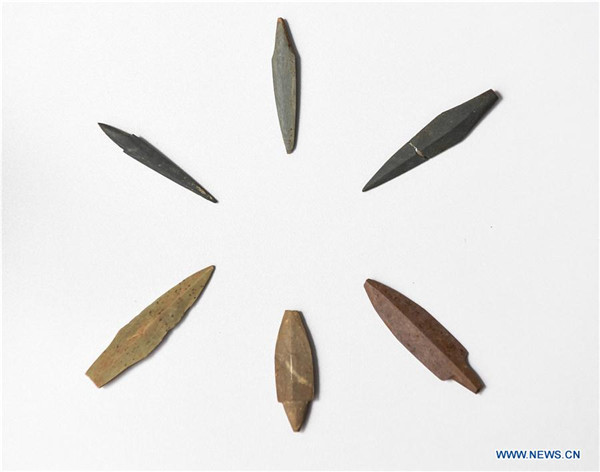Chinese archaeologists discover cave-dwelling agrarian society
Chinese archaeologists have found a large amount of carbonized rice grains in caves dating from the New Stone Age, challenging the conventional view that cave dwellers were solely hunter gathers and did not cultivate land for food.
More than 10,000 grains were discovered at the No. 4 cave in the Nanshan ruins in East China's Fujian province, which dates back 5,300 to 4,300 years.
At an ongoing international conference on prehistoric archaeology being held in Fujian, the archaeological team announced that this is the first cave-dwelling agrarian society ever found in China.
The finding is also rare worldwide, said Zhao Zhijun, a member of the team and also from the Institute of Archaeology of the Chinese Academy of Social Sciences.
The grains are believed to have been grown by the Nanshan cave dwellers, rather than being obtained by other means, because many farmland weeds were also found along with the grains, according to Zhao.
The team's studies on the remains of the cave-dwellers showed that they suffered dental cavities and other oral diseases that are common among humans in agrarian societies, said Wang Minghui, another team member and researcher with the institute.
"It further proves that Nanshan residents mastered some agricultural techniques," Wang said.
The finding has raised the question why the Nanshan ancestors continued to live in caves after beginning farming. It is traditionally believed that humans in agrarian societies would move from caves to more spacious homes due to explosive population growth.
"The Nanshan finding offers a new perspective for prehistoric study. We must consider more possibilities when talking about where our ancestors lived and what they lived on," Zhao said.
Excavation of the Nanshan ruins started in 2012. Scores of caves, thousands of items made from pottery, stone and bones, as well as eight tombs and two reservoirs, have been found at the site.




















